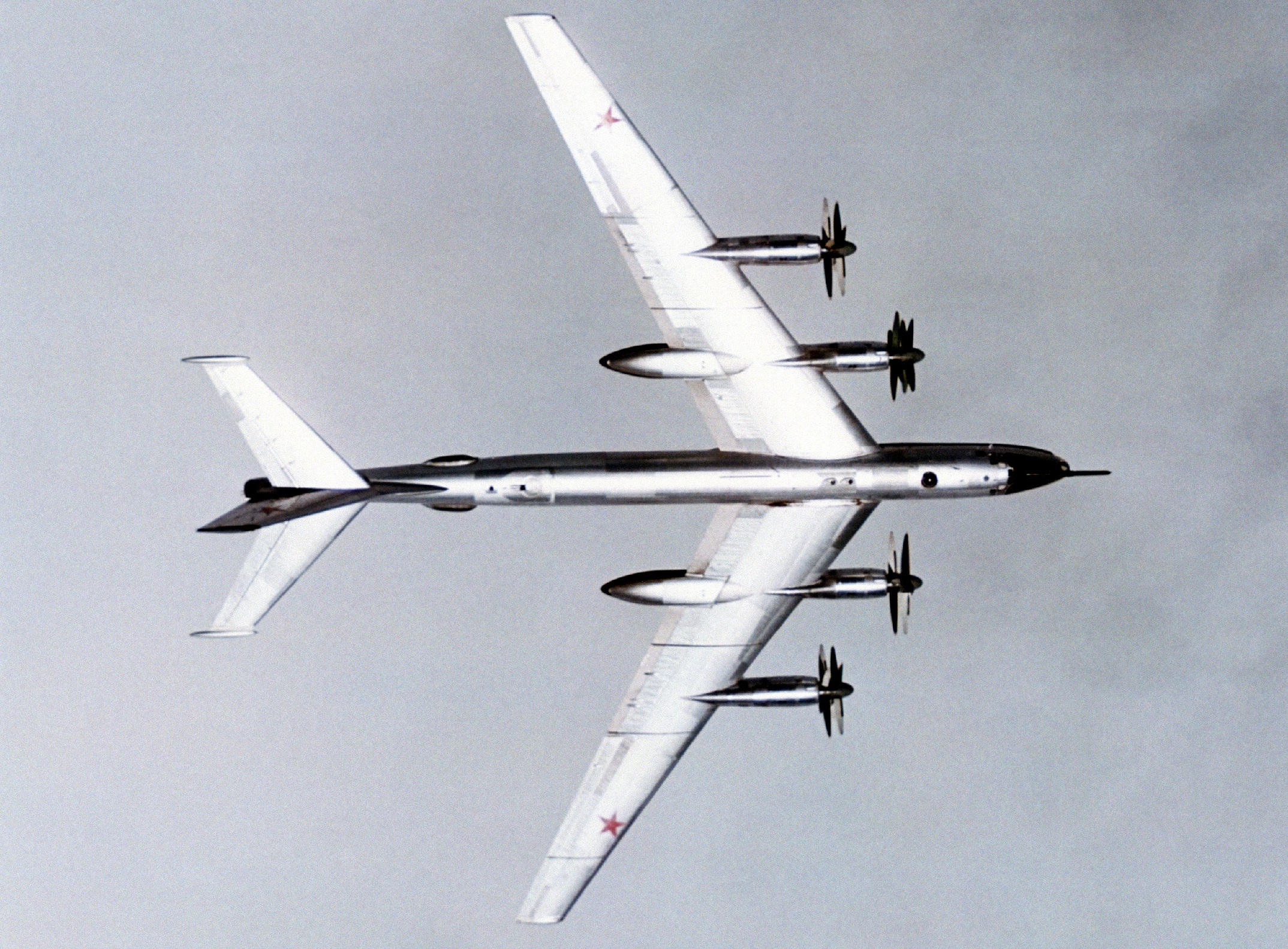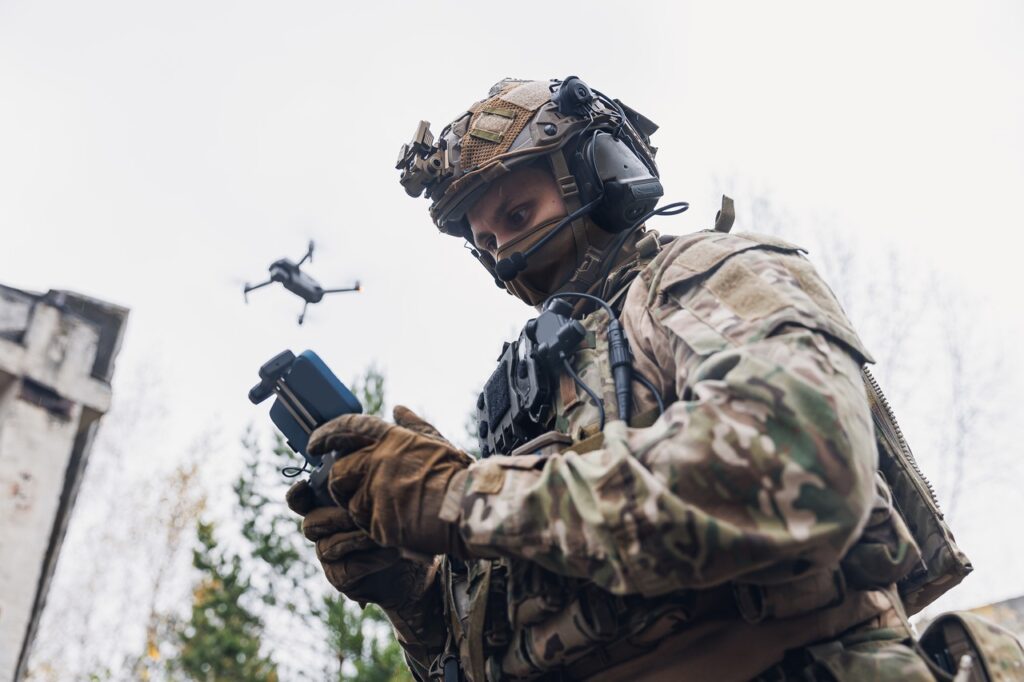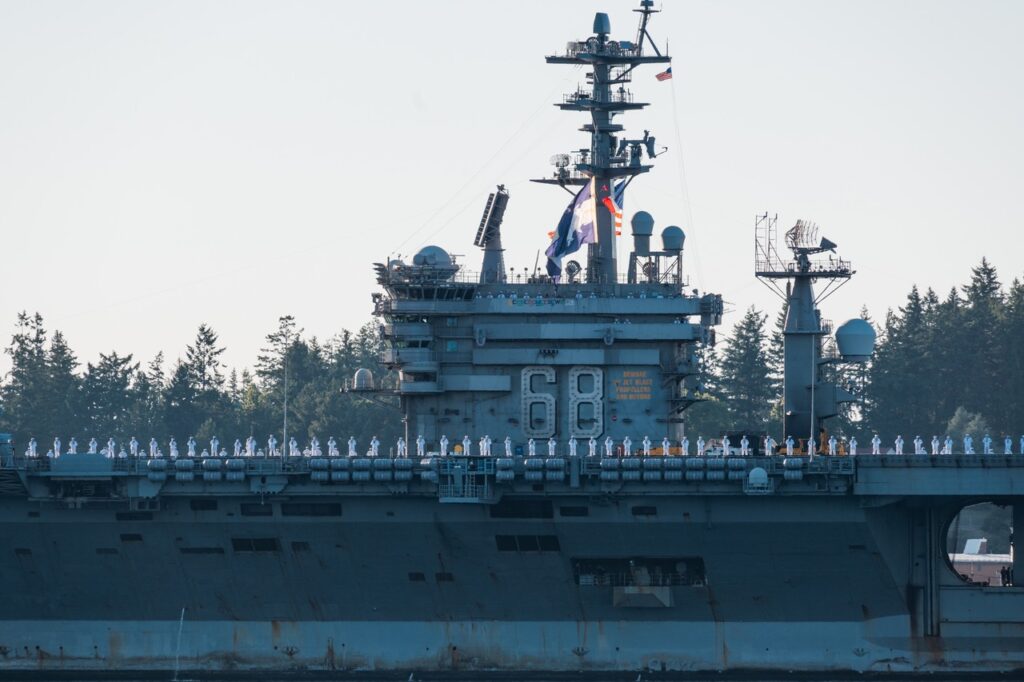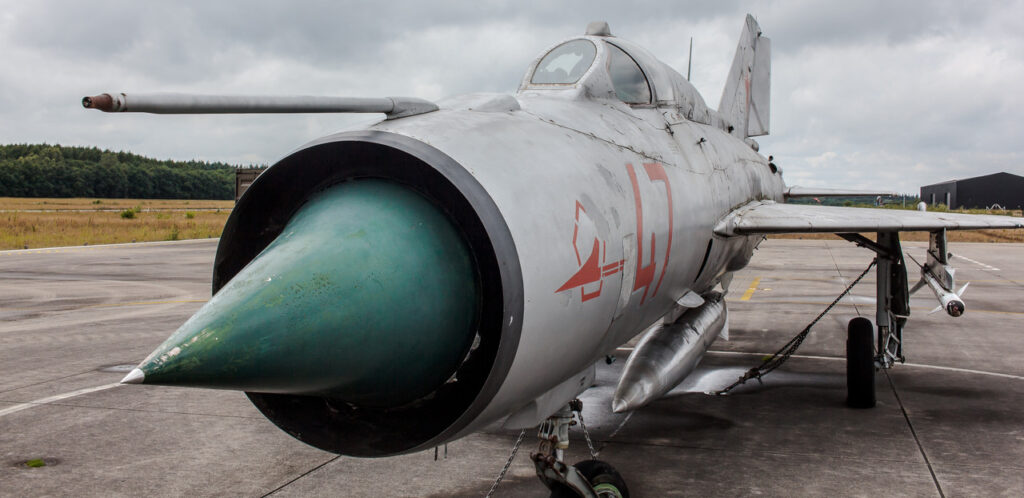
War That Never Happened: In 1969, Russia and China Stared Into the Nuclear Abyss
The most likely outcome of war would have been short Chinese success, followed by a sharp, destructive Soviet rebuke. Such an outcome would have served to drive Beijing even more fully into the arms of the United States, which is likely one reason that the Soviets decided not to risk it.
Americans tend to remember the Cuban Missile Crisis as the most dangerous moment in Cold War brinksmanship. Despite some tense moments, Washington and Moscow resolved that crisis with only the death of U.S. Air Force pilot Maj. Rudolph Anderson Jr.
(This first appeared several years ago.)
Seven years later, in March 1969, a contingent of People’s Liberation Army (PLA) soldiers raided a Soviet border outpost on Zhenbao Island, killing dozens and injuring scores. The incident brought Russia and China to the brink of war, a conflict that might have led to the use of nuclear weapons. But after two weeks of clashes, the conflict trailed off.
What if the brief 1969 conflict between China and the Soviet Union had escalated?
History
The incident on Zhenbao Island, where the initial ambush and the bulk of the fighting occurred, represented the nadir of Soviet-Chinese relations. Just ten years earlier, Beijing and Moscow had stood hand in hand as bulwarks of the Communist world. Struggles over ideology, leadership and resources, however, resulted in a sharp split between the allies that had global repercussions. The split exacerbated territorial disputes that had existed since Tsarist and Imperial times. The long, poorly demarcated border left numerous gray zones in which China and the USSR both claimed sovereignty.
After a few minor incidents, the Zhenbao Island incident drove tensions through the roof. A Soviet counterattack incurred serious casualties, as did a similar incident in Xinjiang in August. A consensus has emerged on both sides that the Chinese leadership prepared for and orchestrated the clash. Why would the Chinese provoke their much more powerful neighbor? And what if the Soviets had responded more aggressively to the Chinese provocation?
Avenues of Escalation
In the immediate wake of the conflict, both the USSR and China prepared for war, with the Red Army redeploying to the Far East and the PLA going into full mobilization. The Soviets enjoyed an overwhelming technological advantage over China in 1969. However, Beijing had constructed the largest army in the world, much of which mustered within reach of the Sino-Soviet border. The Red Army, by contrast, concentrated its strength in Eastern Europe, where it could prepare for a conflict with NATO. Consequently, at the moment of the clash, the Chinese could plausibly claim conventional superiority along much of the border.
However, China’s manpower advantage didn’t mean that the PLA could sustain an offensive into the USSR. The Chinese lacked the logistics and airpower necessary to seize substantial amounts of Soviet territory. Moreover, the extremely long Sino-Soviet border gave the Soviets ample opportunity for response. With a NATO attack unlikely, the Soviets could have transferred substantial forces from Europe, attacking into Xinjiang and points west.
The most critical avenue of potential advance lay in Manchuria, where the Red Army had launched a devastating, lightning quick offensive in the waning days of World War II. Despite its size, the PLA of 1969 had no better hope of stopping such an offensive than the Kwantung Army had in 1945, and the loss of Manchuria would have proven devastating to China’s economic power and political legitimacy. In any case, Soviet airpower would have made short work of the Chinese air force, subjecting Chinese cities, communication centers and military bases to severe air attack.
After conquering Manchuria in 1945, the Soviets looted Japanese industry and left. A similar scenario might have ensued in 1969, but only if the Chinese leadership could bring itself to face reality. With the worst excesses of the Cultural Revolution in the very recent rear-view mirror, and competing factions still trying to ideologically out-radicalize one another, Moscow might have struggled to find a productive partner for peace negotiations. Continued Soviet advances might have resembled the Japanese main advance of 1937, albeit without the naval dominance that the Imperial Japanese Navy enjoyed. Expecting such attacks, the PLA might have withdrawn to the interior, conducting a scorched earth campaign along the way.
Nuclear?
China tested its first nuclear device in 1964, theoretically giving Beijing an independent deterrent capability. However, their delivery systems left much to be desired—liquid-fueled missiles of uncertain reliability that required hours to prepare, and that could only remain on the launch pad for a limited amount of time. Moreover, Chinese missiles of the era lacked the range to strike vital Soviet targets in European Russia. China’s bomber force—consisting of an extremely limited number of Tu-4 (a Soviet copy of the U.S. B-29) and H-6 (a copy of the Soviet Tu-16 Badger)—would have fared very poorly against the USSR’s sophisticated air defense network.
The Soviets, on the other hand, were on the verge of achieving nuclear parity with the United States. The USSR had a modern, sophisticated arsenal of tactical and strategic nuclear weapons, easily capable of destroying China’s nuclear deterrent, its core military formations and its major cities. Sensitive to international opinion, the Soviet leadership would have resisted launching a full scale nuclear assault against China (U.S. and Chinese propaganda would have had a field day), but a limited strike against Chinese nuclear facilities, as well as tactical attacks on deployed Chinese forces might have seemed more reasonable. Much would have depended on how the Chinese reacted to defeats on the battlefield. If the Chinese leadership decided that they needed to “use or lose” their nuclear forces in anticipation of decisive Soviet victory, they could easily have incurred a preemptive Soviet attack. Given that Moscow viewed Beijing as abjectly insane, Moscow could very well have decided to eliminate the Chinese nuclear force before it became a problem.
U.S. Reaction
The United States reacted to the clashes with caution. While the border conflict reassured Washington that the Sino-Soviet split remained in effect, officials disagreed over the likelihood and consequences of broader conflict. Through various official and non-official channels, the Soviets probed U.S. attitudes towards China. Reputedly, the United States reacted negatively to Soviet overtures in 1969 about a joint attack on Chinese nuclear facilities. However, even if Washington did not want to see China burn, it would not likely have engaged in any serious, affirmative effort to protect Beijing from Moscow’s wrath.
What Comes Next?
A decade before, Dwight Eisenhower had outlined the Soviet Union’s biggest obstacle in a war with China: what to do after you win. The Soviets had neither the capacity, nor the interest, in governing another continent-sized territory, especially one that would likely have included masses of disaffected resisters. And the United States, husbanding a “legitimate” government on Formosa, would eagerly have supported a variety of resistance elements against a Soviet occupation. Indeed, if a rump Beijing had survived the war, the United States might still have considered “unleashing Chiang,” in an effort to restore parts of China to the Western column.
The most likely outcome of war would have been short Chinese success, followed by a sharp, destructive Soviet rebuke. Such an outcome would have served to drive Beijing even more fully into the arms of the United States, which is likely one reason that the Soviets decided not to risk it.
Robert Farley, a frequent contributor to TNI, is a Visiting Professor at the United States Army War College. The views expressed are those of the author and do not necessarily reflect the official policy or position of the Department of the Army, Department of Defense, or the U.S. Government
Image: Creative Commons.


